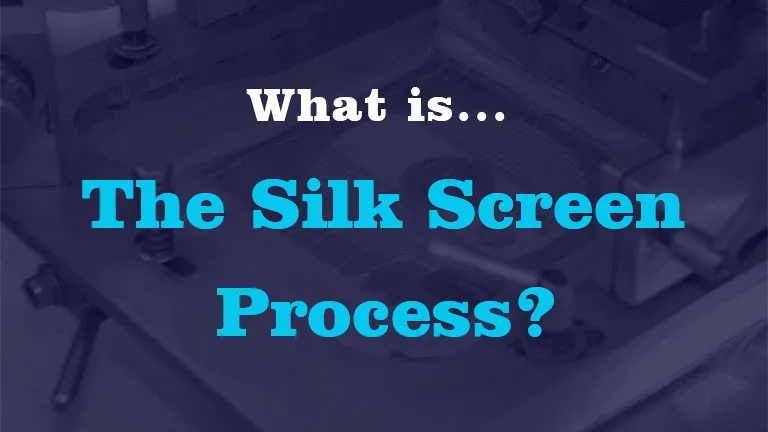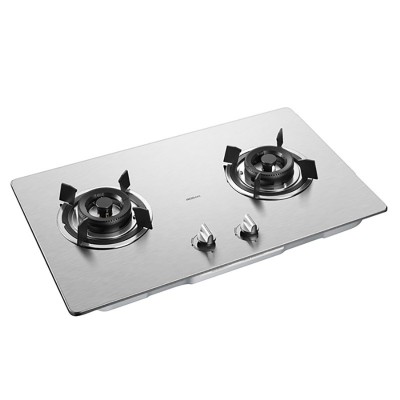Glass products have always been respected by people for their excellent performance, and glass screen printing has gradually become a bright spot in the printing industry.
Point, drive the printing industry into a new field. The excellent performance of glass products also restricts the quality of printed products from another aspect.
promote. This article starts from the process flow involved in glass silk screen printing, analyzes and discusses the matters that should be paid attention to in this process, from the point of view of process
The factors affecting the quality of printed products are analyzed and controlled.
With the improvement of printing industry technology and the improvement of people’s demand for product packaging quality and aesthetics, various new printing methods and materials have gradually entered our field of vision. As a common building decoration material in our lives, glass products have the advantages of smoothness and transparency, shelter from wind and rain, and easy to clean, and have always been favored by consumers.
The printed glass is used for indoor and outdoor decoration, daily necessities, etc., which meets people’s needs in terms of aesthetics and practicability, and glass printing has gradually developed into medical supplies and industrial supplies, becoming a new growth point in the printing and packaging industry.
Due to the late start of my country’s glass processing industry, it is still difficult to print high-quality glass products compared with the high surface energy of glass substrates and the limitations of printing equipment and consumables.
In the following, we will explore several aspects of glass printing that should be desired in glass printing
Control of glass printing process.
Selection and processing of raw materials In the process of glass screen printing,the main printing consumables used are glass products and inks. As an inorganic polymer material, glass has a high surface energy, which has absolute advantages for the wetting and adhesion of ink during the printing process. But due to glass prints
The accuracy of the ink is mainly affected by the adhesion and spreading properties of the ink. Therefore, it is necessary to degreasing the surface of the selected glass substrate before printing and keep it clean to ensure that the ink can be well attached during the printing process and avoid smearing and pinching. Printing failure such as hole phenomenon. In the selection of glass printing inks, the particularity of glass printing should be fully considered. First of all, in view of the need for the ink to be well attached to the glass surface and have a certain spreading ability during the printing process, it is required that the selected ink has a good thixotropy under the premise of ensuring a certain viscosity. At the same time, it is necessary to combine the characteristics of screen printing and the characteristics of glass surface, and it is required to choose special ink for glass with the characteristics of small particle size, high temperature resistance, fast drying speed and good film forming effect.
Control of plate making process
In glass screen printing, polyester screen with good flexibility and elasticity is mostly used, and the appropriate screen mesh number can be selected according to the fineness requirements of the printed product (- 200-300 mesh is selected for general printed products, and fine prints can be selected 300-420 mesh); the screen frame is made of aluminum alloy material with regular shape and small deformation to ensure that the screen frame has sufficient strength. Manual, motorized, pneumatic
The stretched screen substrate requires uniform tension and vertical warp and weft directions.
In order to obtain a screen printing plate with excellent printing performance, it is necessary to ensure that it has good plate-making performance when selecting photosensitive adhesive: it can adapt to the performance requirements of different types of ink, has high printing durability, and has a good combination with the screen. Strong, easy to peel off. At the same time, in order to ensure the surface smoothness and thickness uniformity of the printing plate, it is generally necessary to coat the photosensitive adhesive twice, and expose it on a cold light source printing machine.
About 12min – 30min, depending on the original pattern. In terms of the size of the printing plate, it is combined with the ordinary silk screen plate making process, and the reservation is made according to the size of the original.
Control over the work environment
In the plate making process, the cleanliness of the plate making room must be ensured first, which is affected by the characteristics of screen printing plate making. If the dust stays on the surface of the screen substrate, it will affect the bonding effect of the photosensitive adhesive and the screen. At the same time, the dust will also easily adhere to the glass surface and the film surface of the printing machine, which will affect the production of the printing plate. Accuracy, eventually in the printing process, printing failures such as smearing, low printing plate durability, and pinhole phenomenon are prone to occur.
In addition, the temperature and humidity of the plate making room also have a great influence on the quality of the printing plate. Studies have shown that if the temperature is too high or too low, the photosensitive effect of the photosensitive adhesive will be affected, and eventually the quality of the printing plate will be affected, and within a certain temperature range, the photosensitive sensitivity of the adhesive film is proportional to the temperature. Production factors, most of the temperature is controlled at 20C – 25C; the humidity of the plate making room
The degree of humidity mainly affects the drying time of the printing plate, thereby reducing the printing endurance of the printing plate. Generally, the humidity of the plate making room is controlled between 50%-70%.
In the process of glass screen printing, due to the particularity of the glass substrate, the printing environment has higher requirements: First, as an inorganic polymer material, glass is easily adhered to impurities such as dust during the printing process, resulting in printed matter. The film layer is peeled off, no ink is applied, the plate is pasted and other printing failures. At the same time, the glass substrate has a high transparency, mainly relying on light transmittance to show the aesthetics of the pattern, etc.
Characteristics, impurities such as dust transferred to the surface of the glass substrate through the ink path during the printing process will also affect the color of the graphic area and the transparent effect of the non-graphic area, and ultimately affect the aesthetics of the pattern and the quality of the printed product, so Be sure to ensure the cleanliness of the printing workshop.
Secondly, the glass substrate is a non-conductive material, and static electricity is easily generated during the screen squeegee printing process, which will also aggravate its adsorption of dust and impurities, and at the same time have a certain impact on the adsorption of ink, which is mainly by changing the printing process. The humidity of the workshop can be alleviated, and the change of the humidity of the workshop will inevitably affect the drying speed of the ink. Most of the volatile drying inks are used in glass screen printing. Combined with the surface characteristics of the printed products, the drying speed of the ink must be guaranteed during the printing process. It is necessary to ensure that the temperature and humidity are within a certain range during the printing process to improve the printing suitability of printing inks and glass substrates. In general, screen printing on glassDuring the brushing process, the workshop temperature is controlled at 20C°-5C°, and the relative humidity is controlled at 60%-70%. Control over the printing process
Glass screen printing can be achieved by manual, semi-automatic and fully automatic screen printing machinery. In addition to the influence of the printing accuracy of the printing equipment, the quality of the printed products can also be improved by reasonably improving the printing process.



